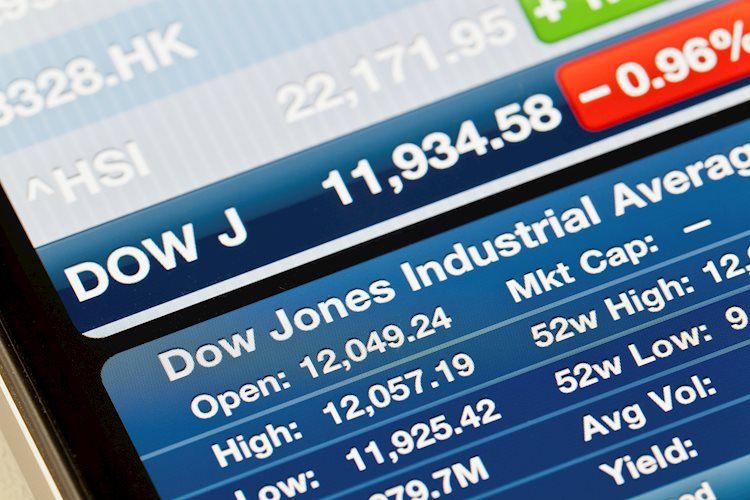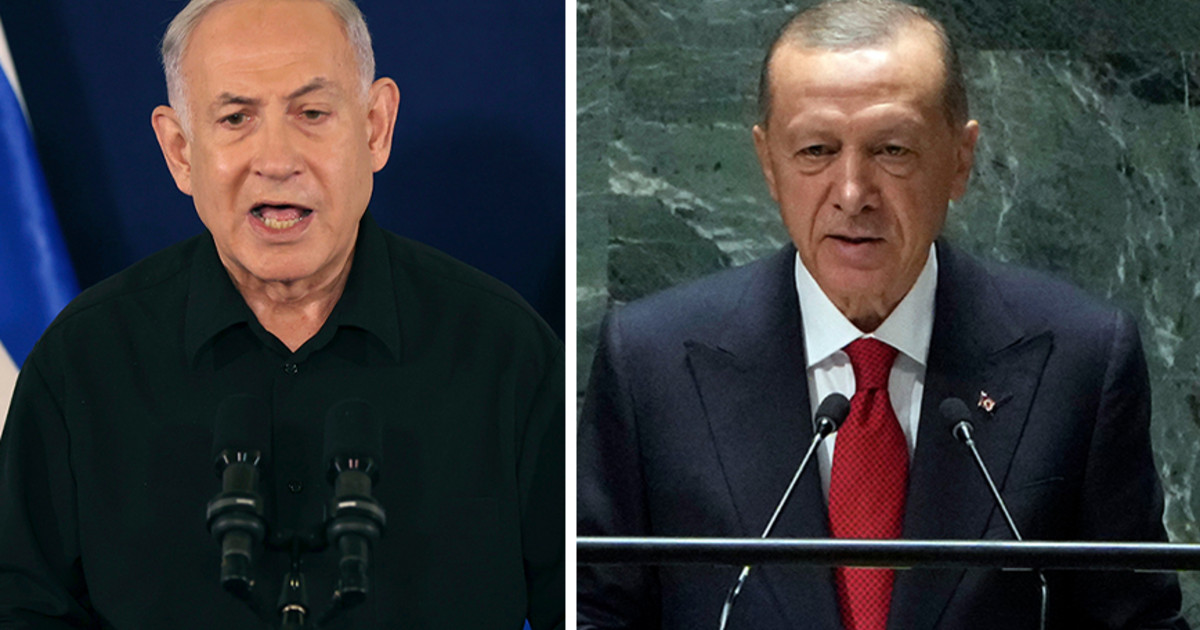The Monetary Policy Committee (Copom) of the Central Bank (BC) holds this Tuesday (7) and Wednesday (8) the last meeting of the year to define the basic interest rate, the Selic. Currently, the rate is at 7.75% per year.
With the high inflation, the expectation of the financial market, consulted by BC, is that the basic interest rises 1.5 percentage points to 9.25% per year.
The current high Selic cycle began in March this year, when the rate rose from 2% to 2.75% per year.
The basic interest rate is used in trading public securities issued by the National Treasury in the Special System for Settlement and Custody (Selic) and serves as a reference for other rates in the economy. It is the main instrument of the Central Bank to keep inflation under control.
The BC operates daily through open market operations – buying and selling federal government bonds – to maintain the interest rate close to the value defined at the meeting.
When the Copom increases the basic interest rate, the purpose is to contain the heated demand, and this affects prices because higher interest rates make credit more expensive and stimulate savings. By reducing the Selic, the trend is for credit to become cheaper, with incentives for production and consumption, reducing inflation control and stimulating economic activity.
However, credit interest rates do not vary in the same proportion as the Selic, as the Selic is only a part of the cost of credit. Banks also consider other factors when defining the interest charged to consumers, such as risk of default, profit and administrative expenses.
The Copom meets every 45 days. On the first day of the meeting, technical presentations are given on the evolution and perspectives of the Brazilian and world economies and the behavior of the financial market. On the second day, the members of the Copom, formed by the BC board, analyze the possibilities and define the Selic.
Inflation
For 2021, the inflation target (Extended National Consumer Price Index – IPCA), which should be pursued by the BC, defined by the National Monetary Council, is 3.75%, with a tolerance interval of 1.5 percentage points for up or down. That is, the lower limit is 2.25% and the upper limit is 5.25%.
According to the latest data released by the Brazilian Institute of Geography and Statistics (IBGE), the IPCA was 10.67%, in the accumulated result for the 12 months ended in October this year.
Reference: CNN Brasil
I am Sophia william, author of World Stock Market. I have a degree in journalism from the University of Missouri and I have worked as a reporter for several news websites. I have a passion for writing and informing people about the latest news and events happening in the world. I strive to be accurate and unbiased in my reporting, and I hope to provide readers with valuable information that they can use to make informed decisions.






